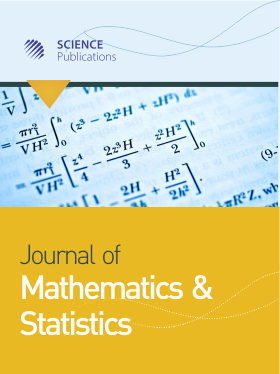Mathematical Model Mathematical Models for the Dynamics of Tuberculosis in Density-dependent Populations: The Case of Internally Displaced Peoples' Camps (IDPCs) in Uganda
Abstract
Mathematical models are formulated to establish the conditions (restrictions) on the size of the area occupied required minimizing and thereafter eradicating tuberculosis. Both numerical and qualitative analyses of the model are done and the effect of variation in the area size and recruitment rate on the different epidemiological groups is investigated. The results of the analysis show that there exists a stable disease-free equilibrium point provided that the characteristic area is greater than the product of the probability of survival from the latent stage to the infectious stage and the number of latent infections produced by a typical infectious individual during his/her mean infectious period. The study recommends that the characteristic area per individual should be at least 0.25 square kilometres in order to minimize the tuberculosis incidence.
DOI: https://doi.org/10.3844/jmssp.2005.217.224

- 4,253 Views
- 3,049 Downloads
- 15 Citations
Download
Keywords
- Tuberculosis
- density-dependence
- IDPCs
- characteristic area
